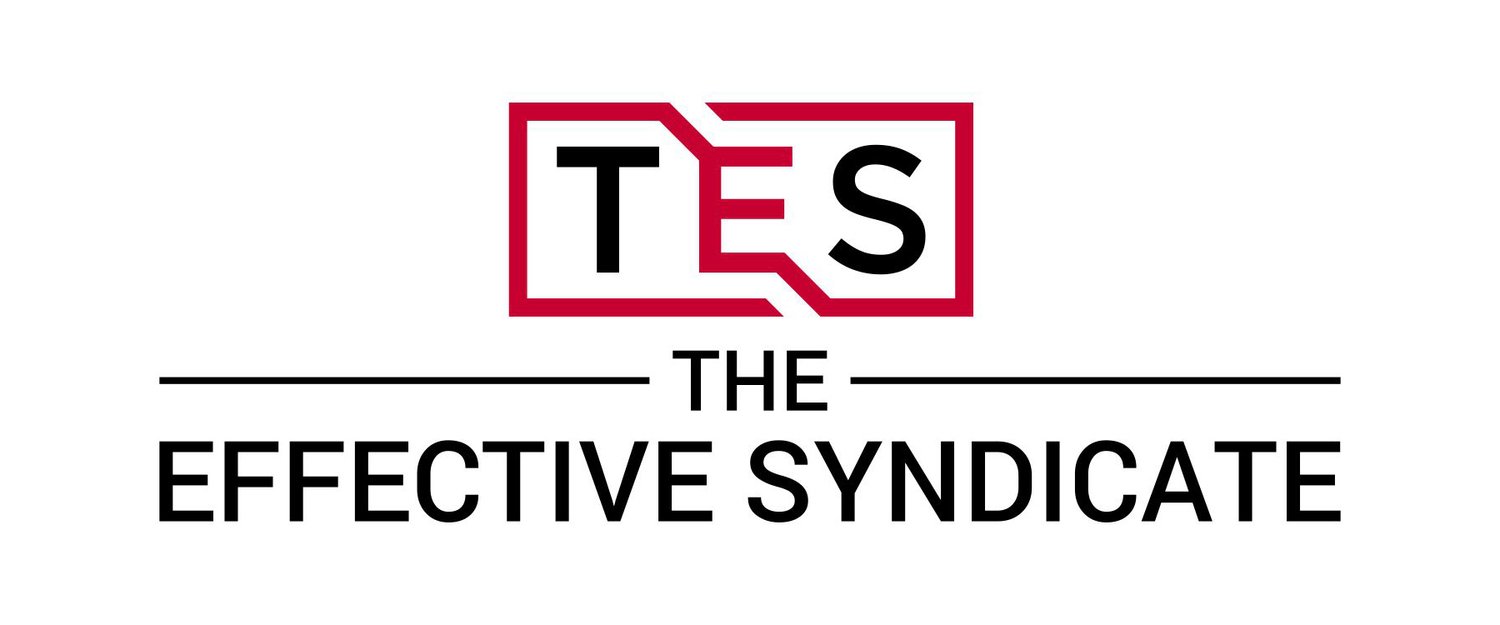Operations SOS: OEE, Common Problems, and Common Solutions
How do manufacturing companies define success? Although that is a loaded question with many possible answers, I want to focus on the productivity side of manufacturing. Manufacturing companies live and die by productivity rates. In this article, we will be focusing on Overall Equipment Effectiveness, or OEE, the three factors that drive this metric, the common bottlenecks associated with each factor, and some basic tools to deal with these bottlenecks.
OEE is a common measurement term used in manufacturing. It calculates a percentage that can be used to gauge a factories pulse, and can be used to identify opportunities for improvement if used correctly. To determine a factories OEE, you first need to determine these three factors:
Availability: The amount of uptime in a process
a. % Calculated = Actual Production Time / Planned Production Time
b. Example: a shift is planned for 10 hours of production, but the process being measured only runs for 8.5 hours, then: Availability = 8.5 / 10 = 85%
Performance: the rate of a process
a. % Calculated = Actual Rate of a Process / Designed (Time Study) Rate of a Process
b. Example: a process is designed to manufacture 100 widgets every hour, but is only outputting 90 widgets per hour, then: Performance = 90/100 = 90%
Quality: The amount of good parts produced (First Pass Yield)
a. % Calculated = Amount of Good Parts Produced / Total Amount of Parts Produced
b. Example: a process produces 100 parts, but 7 of the parts have a defect that must be reworked, then: Quality = 93 / 100 = 93%
Once the % of each of these factors is calculated, they are multiplied together. The product of these factors is the OEE. For the examples given above, the calculation would be as follows:
OEE = Availability x Performance x Quality
OEE = 85% x 90% x 93%
OEE = 71%
In this example, although each of the factors is over 80%, the product of these factors reveals that the process is actually running at 71%. Is 71% really bad? In reality, it is a common understanding that 85% OEE is World-Class. Most companies fall far below this level, with many operating with an OEE of less than 40%. The real question is, what do you do with the data?
If you aren’t measuring your processes you will make uninformed decisions. If you are measuring your processes, but not doing anything with the data, you are wasting your time. Measuring OEE can and should be used as a tool to drive change. Good companies continually measure their processes and use analysis tools, such as Pareto charts, to help identify the biggest impacts to their processes. By focusing on the issue with the highest magnitude on the pareto, you can ensure that you are providing the biggest impact to improving the process. This can also be said about focusing on the lowest factor contributing to your overall OEE. In the given example, chances are there is a potential for greater improvement if the Availability factor is analyzed first.
When analyzing Availability for improvement opportunities it is important to understand the environment and equipment used in the process. Is the work environment clean and is the equipment properly maintained? Answering no to either of these items opens the door for unexpected process issues due to missing tools or equipment failure. To counter these failures, consider implementing a proper 5S program to establish a culture where there is a place for everything and everything has its place. Also consider a TPM, or “Total Productive Maintenance” initiative. This practice empowers your workforce to own the practice of maintaining the equipment. It initiates daily rhythms for cleaning and care of the company’s assets.
Performance opportunities are often found in training, or the lack thereof. It doesn’t matter if a company designs the best and most robust process known to man, if they fail to train the process operators to the process it will never perform to expectation. A great method for creating a culture of training is to track employee learning with a department matrix. The matrix should be set on an “X, Y” axis table, with employee names on one axis and process operations or jobs on the other. An agreed and quantifiable metric should be established to determine the level of ability an operator has for each job. The “pie” chart is commonly used, where each ¼ pie represents a level of ability. Starting with an empty circle (No Training), the operator will gradually fill the Pie, one ¼ at a time, until the agreed criteria are all met and they are fully trained. A full Pie should indicate that the operator is proficient at the job and can train others.
A great process will never achieve good output if it cannot produce repeatable quality. Every part that has a defect must be reworked, either inside or outside of the process. This rework creates additional labor and material costs that cut into operating margins. When Quality slips, it is critical that corrective actions are implemented and results are verified. Utilize proven problem-solving methods, such as the 5-Why method, to determine the true root cause of your defects and eliminate them from your process.
Utilize OEE as a tool to drive your processes. Use the data that it provides to properly correct any process bottlenecks. Document the corrective actions to prevent recurrence and create sustainment. Doing this will create robust best practices and help drive a culture of change and sustainment.
